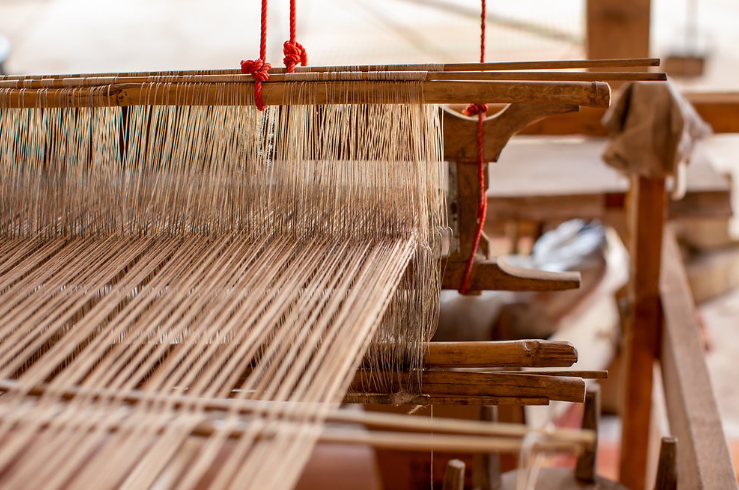
Handloom weaving is in high demand internationally. Pedana, Mangalagiri and Sarees of AP have a great reputation for looms. Sarees and garments made on power looms and machines are good to see. But hand and loom woven fabrics are of quality. From the poor to the upper classes, handloom cloths are a favorite to buy. Jewelry, not handlooms, for the beauties who grace the fashion shows. In a way, we are proud to say that hand weavers will come. No other garment gives the sobriety they give. Looking at the handloom decorated figures in the showcases, we can’t stop looking at them. But a loom is a small simple device used to make fine clothes.
It is unbelievable that so much art can be spun from a wooden loom. Although crores of people wear handloom clothes, most of them do not know how a loom works. It is woven on a loom in different parts of AP and Telangana. However, the shape of the loom changes in those areas. Before loading the yarn onto the loom, it is spun on the wheel. After that, cloths are woven on the loom using different colored threads and laces. The credit of weaving the lightest and heaviest silk fabrics goes to the artisans of the Telugu states. Even a saree as big as a matchbox was made on the loom and the greatness of handloom was known to the world. Such a handloom is now dying out. One reason is that power looms produce more cloth without defects in less time. Another reason is cost savings through machines. Due to this, thousands of Netannas are leaving the looms and going to other jobs.






